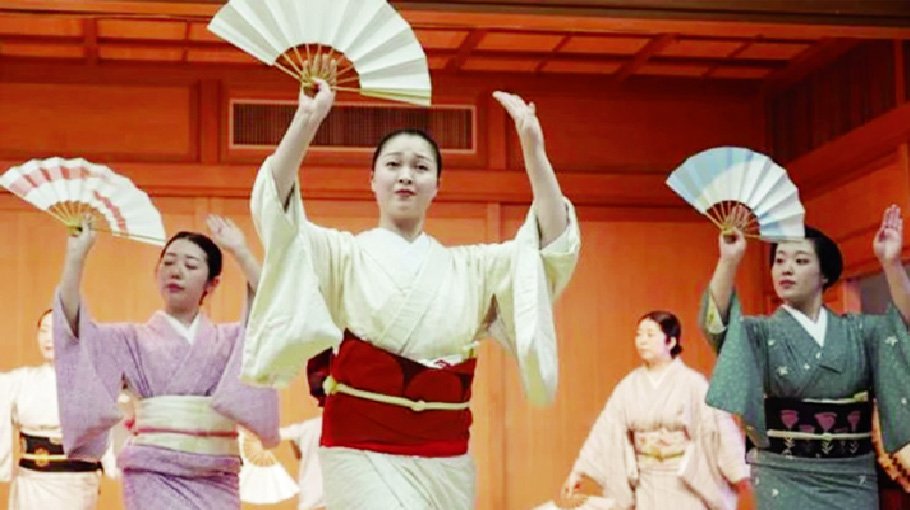Centuries-old geisha tradition takes spotlight at Azuma Odori Fest

The graceful world of geishas, often misunderstood and fading from sight in modern Japan, is taking center stage at the 100th Azuma Odori festival in Tokyo. Starting Wednesday, around 180 geishas from 19 regions, alongside those from Tokyo's famous Shinbashi district, will perform at the historic Shinbashi Enbujo Theatre for seven days.
Dressed in elegant kimonos and dancing with paper fans, the performers showcase traditional Japanese artforms, a craft that takes at least 10 years of training. While rehearsals took place without their trademark white make-up, the actual performances promise to display their full splendor.
In Japan, geishas are often wrongly associated with courtesans, but their true role is as masters of classical music, dance, and conversation. "Even Japanese people often don’t understand what geishas really do," said Hisafumi Iwashita, a writer specializing in geisha culture.
Different regions have their own specialties. Kyoto's geishas, called geikos, are known for their dance, while Tokyo’s focus on singing and the shamisen, a three-stringed instrument. The Azuma Odori traces its roots to the Meiji era and once played a key part in shaping modern Japanese culture, especially during government banquets. However, the profession has declined sharply since 1993 when official gatherings in exclusive ryotei restaurants were banned.
Today, only around 40 geishas remain in Shinbashi, compared to over 100 in earlier years. "Not so long ago, there were 100 of us… now the number keeps going down," said Koiku, a veteran Shinbashi geisha.
As modern business culture moves away from traditional settings, both performers and experts fear for the future of this centuries-old art. The 100th anniversary of Azuma Odori stands as both a celebration and a reminder of a vanishing cultural treasure.



